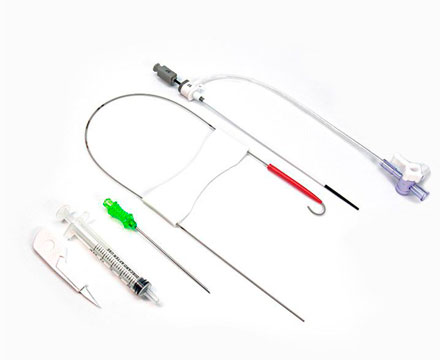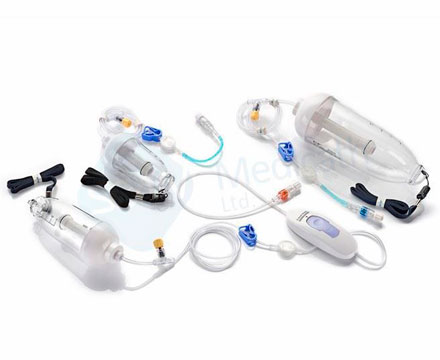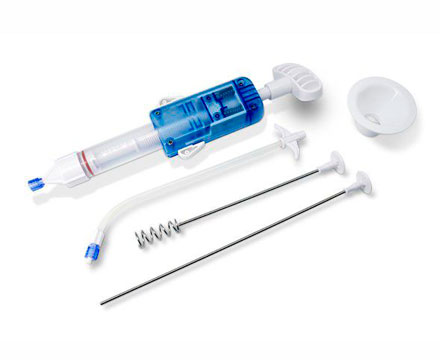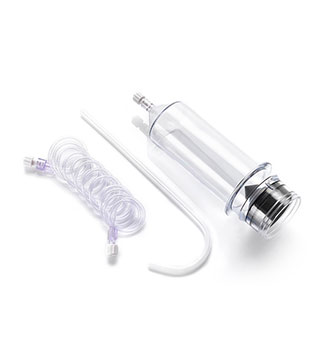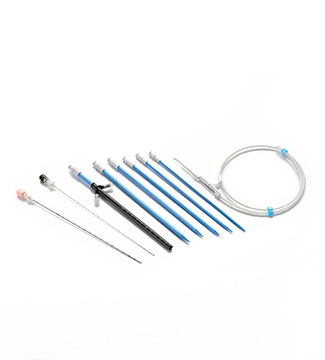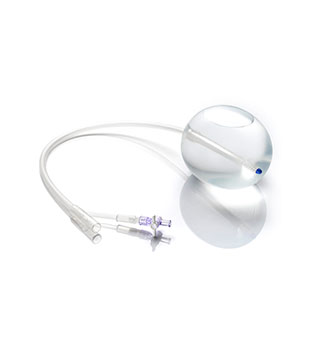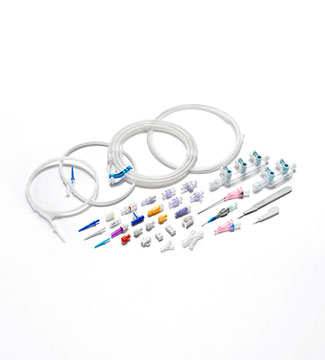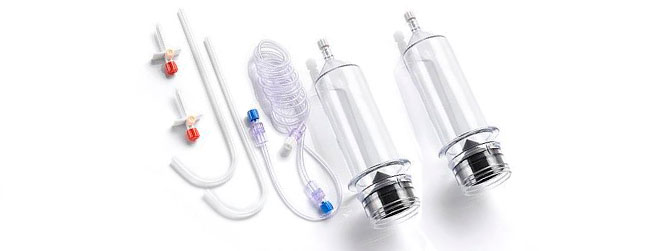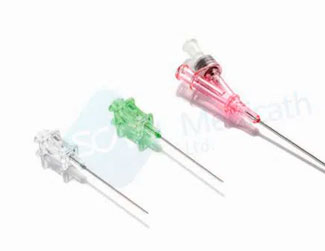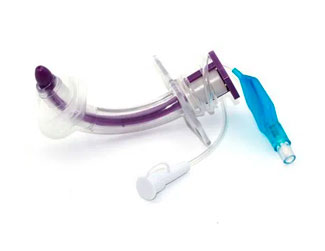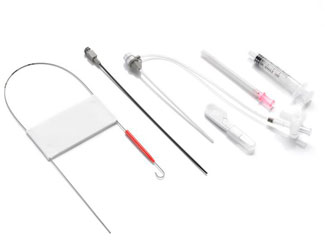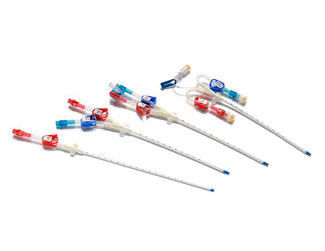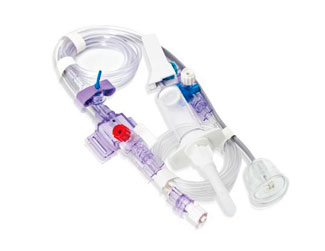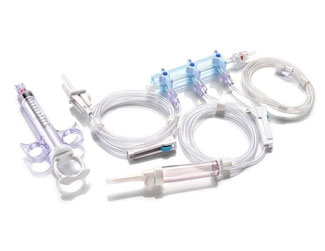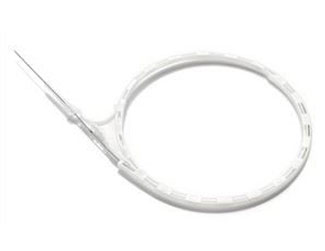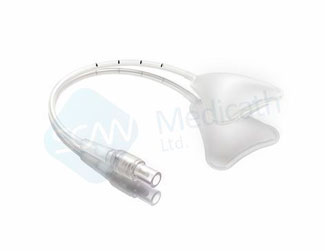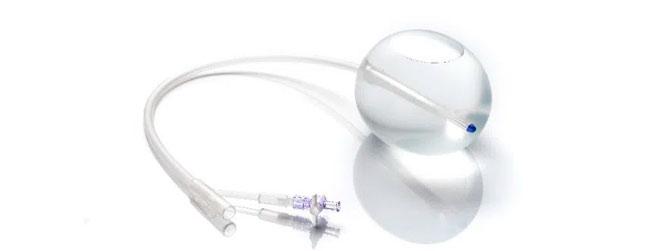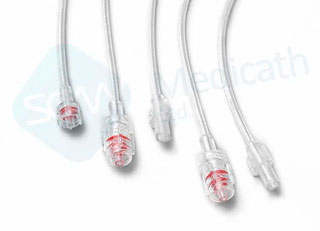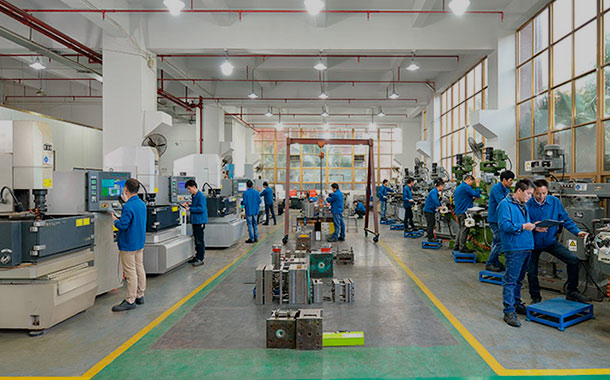Medical Tubing Market
Introduction:
The medical tubing market is an essential part of the healthcare industry, providing a conduit for the delivery of drugs, gases, and fluids to patients. Medical tubing is used in various medical applications, including cardiovascular, respiratory, and urological applications. The market for medical tubing is driven by the increasing demand for minimally invasive surgeries, rising geriatric population, and increasing prevalence of chronic diseases. The global medical tubing market is expected to reach $13.8 billion by 2027, growing at a CAGR of 9.2% from 2020 to 2027. In this blog, we will discuss the medical tubing market from five aspects: material, application, product type, end-user, and region.
Material
The choice of material is a critical factor in the design and manufacture of medical tubing. The material used must be biocompatible, non-toxic, and non-reactive with the substances it is carrying. There are various materials used in the medical tubing market, including silicone, PVC, polyolefin, thermoplastic elastomers (TPE), and others.
Silicone is one of the most widely used materials in medical tubing due to its flexibility, durability, and biocompatibility. Silicone tubing is used in various medical applications, including cardiovascular, respiratory, and urological applications. The silicone medical tubing market is expected to grow at a CAGR of 8.5% from 2020 to 2027.
PVC is another commonly used material in medical tubing due to its low cost and good mechanical properties. PVC medical tubing is used in various applications, including blood transfusion, enteral feeding, and ventilation. The PVC medical tubing market is expected to reach $2.7 billion by 2027, growing at a CAGR of 8.7% from 2020 to 2027.
Polyolefin medical tubing is also gaining popularity due to its excellent chemical resistance, low toxicity, and good mechanical properties. Polyolefin medical tubing is used in various applications, including drug delivery, surgical tools, and diagnostic devices. The polyolefin medical tubing market is expected to grow at a CAGR of 9.3% from 2020 to 2027.
Application
Medical tubing is used in various medical applications, including cardiovascular, respiratory, and urological applications. The demand for high pressure tubing medical is driven by the increasing prevalence of chronic diseases, rising geriatric population, and increasing demand for minimally invasive surgeries.
The cardiovascular application segment is expected to dominate the medical tubing market due to the increasing prevalence of cardiovascular diseases worldwide. Medical tubing is used in various cardiovascular applications, including angioplasty, stent delivery, and vascular access. The cardiovascular application segment is expected to reach $5.2 billion by 2027, growing at a CAGR of 9.6% from 2020 to 2027.
The respiratory application segment is also expected to grow significantly due to the increasing prevalence of respiratory diseases, such as asthma, COPD, and lung cancer. Medical tubing is used in various respiratory applications, including oxygen therapy, mechanical ventilation, and nebulization. The respiratory application segment is expected to reach $3.3 billion by 2027, growing at a CAGR of 8.8% from 2020 to 2027.
The urological application segment is also expected to grow due to the increasing prevalence of urological disorders, such as urinary incontinence and urinary tract infections. Medical tubing is used in various urological applications, including catheterization, drainage, and endoscopy. The urological application segment is expected to reach $1.4 billion by 2027, growing at a CAGR of 8.3
Product Type
There are various types of reinforced medical tubing available in the market, including single lumen, multi-lumen, coextruded, and braided tubing. The choice of product type depends on the specific medical application.
Single lumen tubing is the most commonly used type of medical tubing, consisting of a single tube with one opening. Single lumen tubing is used in various medical applications, including intravenous therapy, dialysis, and angiography.
Multi-lumen tubing is a type of medical tubing consisting of multiple tubes within a single outer tube. Multi-lumen tubing is used in various medical applications, including catheterization, drainage, and endoscopy.
Coextruded tubing is a type of medical tubing consisting of two or more layers of material, each with a specific function. Coextruded tubing is used in various medical applications, including drug delivery, surgical tools, and diagnostic devices.
Braided tubing is a type of medical tubing consisting of a braided wire mesh within the tubing to provide added strength and flexibility. Braided tubing is used in various medical applications, including vascular access, stent delivery, and endoscopy.
End-User
The end-users of pressure tubing medical include hospitals, clinics, ambulatory surgery centers, and diagnostic centers. The choice of end-user depends on the specific medical application and the level of care required.
Hospitals are the largest end-users of medical tubing due to the high volume of medical procedures performed in hospitals. Hospitals use medical tubing in various medical applications, including intravenous therapy, catheterization, and mechanical ventilation.
Clinics are another important end-user of medical tubing, providing medical services to patients on an outpatient basis. Clinics use medical tubing in various medical applications, including enteral feeding, oxygen therapy, and nebulization.
Ambulatory surgery centers are specialized medical facilities that provide same-day surgical care to patients. Ambulatory surgery centers use medical tubing in various surgical procedures, including endoscopy, laparoscopy, and arthroscopy.
Diagnostic centers are medical facilities that provide diagnostic testing services to patients. Diagnostic centers use medical tubing in various diagnostic procedures, including imaging, biopsy, and blood sampling.
Region
The global medical tubing market is segmented into North America, Europe, Asia Pacific, Latin America, and the Middle East and Africa. North America is the largest market for medical tubing due to the high prevalence of chronic diseases and the advanced healthcare infrastructure in the region.
Europe is the second-largest market for medical tubing, driven by the increasing demand for minimally invasive surgeries and the growing geriatric population in the region.
The Asia Pacific region is expected to grow significantly due to the increasing prevalence of chronic diseases, rising geriatric population, and improving healthcare infrastructure in the region.
Latin America and the Middle East and Africa regions are also expected to grow due to the increasing adoption of advanced medical technologies and the growing demand for medical services in these regions.
Conclusion:
The medical tubing market is a critical component of the healthcare industry, providing a conduit for the delivery of drugs, gases, and fluids to patients. The market for medical tubing is driven by the increasing demand for minimally invasive surgeries, rising geriatric population, and increasing prevalence of chronic diseases. The choice of material, application, product type, end-user, and region depends on the specific medical application and the level of care required. The global medical tubing market is expected to reach $13.8 billion by 2027, growing at a CAGR of 9.2% from 2020 to 2027.

 English
English  日本語
日本語  한국어
한국어  français
français  Deutsch
Deutsch  Español
Español  русский
русский  português
português  العربية
العربية  tiếng việt
tiếng việt  ไทย
ไทย  Malay
Malay  हिंदी
हिंदी 
